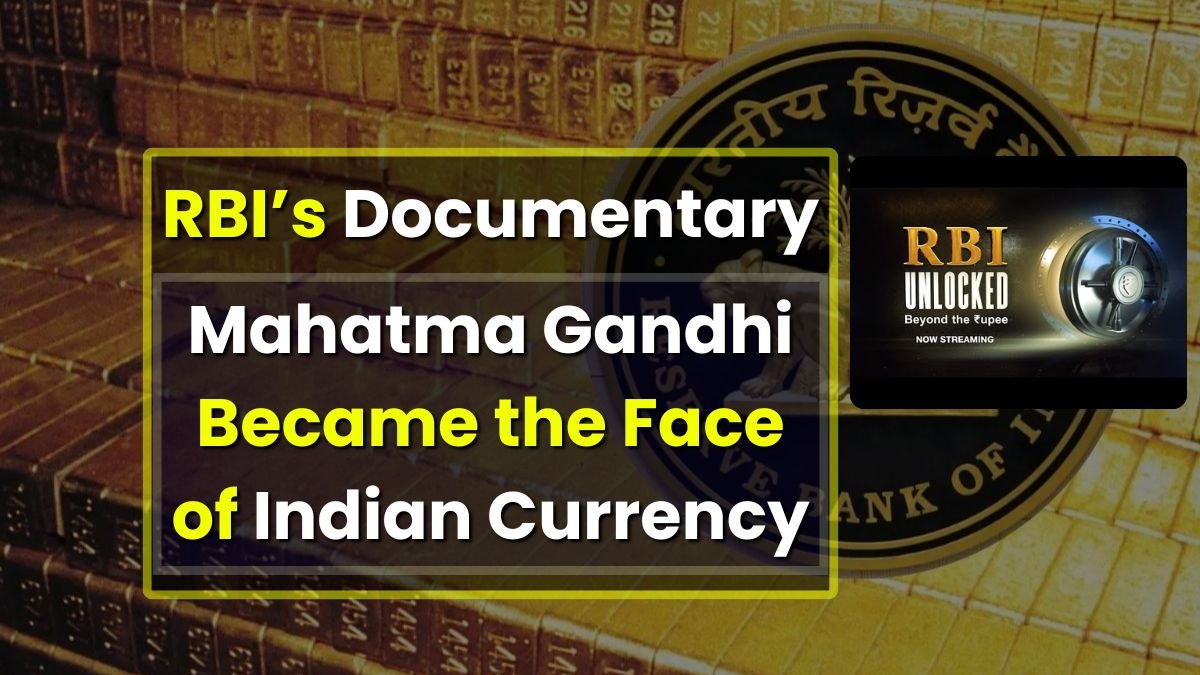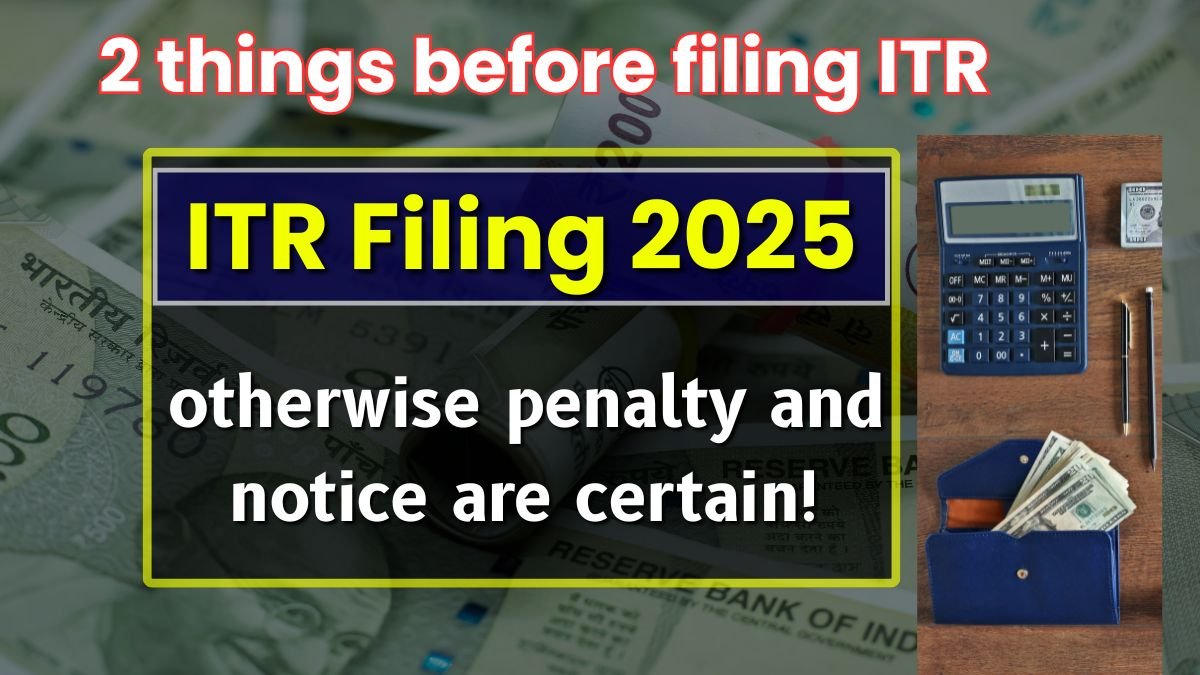Difference Between FD and Post Office Time Deposit 2025 You’ve worked hard, saved every little bit, and now you want your money to grow but without taking big risks. Sounds familiar, right?
And now you’re torn between Bank Fixed Deposits (FDs) and Post Office Time Deposits (POTDs). One promises flexibility, the other guarantees safety. But which one will actually benefit you more right now, in 2025?
What’s Going on with Interest Rates Right Now?
In July 2025, a shift is happening. After the RBI cut its repo rate, most banks have quietly lowered their FD interest rates. This means your returns on bank FDs may not be as promising as they were just a few months ago.
Meanwhile, Post Office Time Deposits haven’t changed their rates. They’re holding strong and still offering:
| Tenure | Post Office FD Rate |
|---|---|
| 1 Year | 6.90% |
| 2 Years | 7.00% |
| 3 Years | 7.10% |
| 5 Years | 7.50% |
Bank FD vs. Post Office FD: What’s Safer?
Post Office Time Deposits are backed by the Government of India. Your money is 100% protected, no matter what happens to the economy.
Bank FDs come with insurance—but only up to ₹5 lakh through the DICGC (Deposit Insurance and Credit Guarantee Corporation).
That means if you’re putting in more than ₹5 lakh and peace of mind is your top priority, post office wins.
Where Do You Get More Flexibility?
Let’s say you’re planning a wedding in 2 years, or you’re saving for your child’s education in 8 years. You might want a plan that fits your timeline perfectly.
- That’s where Bank FDs shine:
- Tenure options from 7 days to 10 years
- Choose monthly, quarterly, or annual interest payouts
- Senior citizens get extra interest (usually 0.25%–0.50% more)
What About Taxes?
- Both Post Office and Bank FDs have the same tax structure:
- 5-year FDs are tax-saving under Section 80C (up to ₹1.5 lakh)
- But… interest earned is taxable in both
- So, in terms of tax breaks, it’s pretty much a tie.
Why Are People in Rural Areas Choosing Post Office FDs?
For families living in small towns or remote villages, post offices are more accessible than banks. They also feel more trustworthy due to the “sarkari” tag.
And for older investors who prefer walking into a nearby branch instead of fiddling with apps, this matters a lot.
Quick Comparison: Bank FD vs Post Office FD
| Feature | Bank FD | Post Office FD |
|---|---|---|
| Interest Rates (5-yr) | ~6.50% | 7.50% |
| Safety | ₹5 lakh insured by DICGC | Fully government guaranteed |
| Senior Citizen Benefits | Extra interest (0.25%–0.50%) | None |
| Flexibility | 7 days to 10 years | Fixed tenures (1, 2, 3, 5 years) |
| Accessibility | Available nationwide | Better rural access |
| Tax Benefits (80C) | Yes (on 5-year FD) | Yes (on 5-year FD) |
FAQs – Let’s Clear the Fog
- Is Post Office FD really safer than a Bank FD?
Yes. Post Office FDs are 100% government-backed, while Bank FDs are only insured up to ₹5 lakh. - Do senior citizens get extra interest on Post Office FDs?
No, unfortunately. Only bank FDs offer extra interest for seniors. - Can I break a Post Office FD before maturity?
Yes, but only after 6 months—and you may get lower interest. Bank FDs often allow early withdrawals with a small penalty. - Is interest from both types taxable?
Yes. Unless it’s part of a tax-saving FD under 80C, the interest you earn will be taxed based on your income slab. - Can I open these deposits online?
Bank FDs: Yes, easily.
Post Office FDs: Only partially online. Many still require you to visit a branch for full access.













